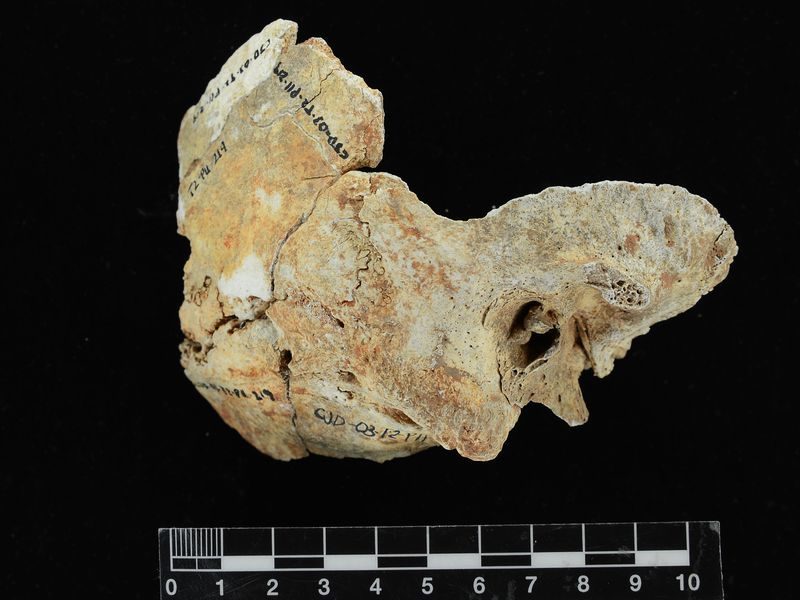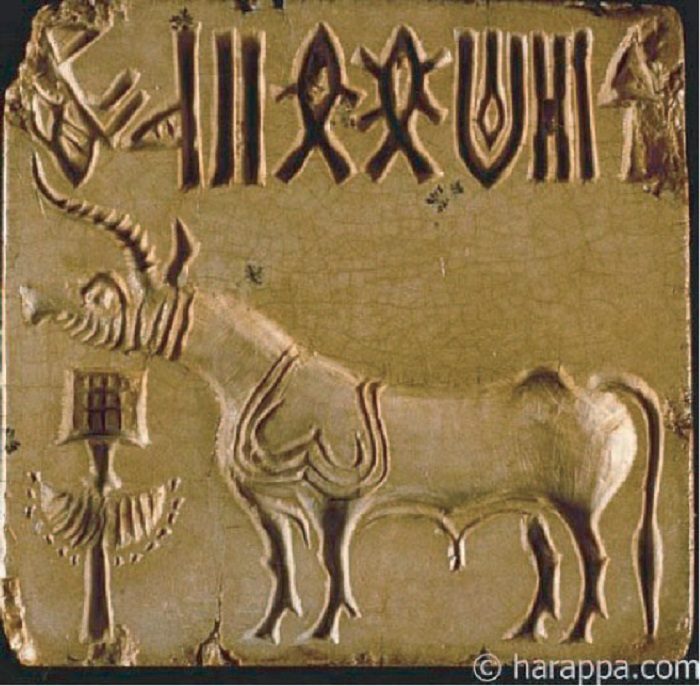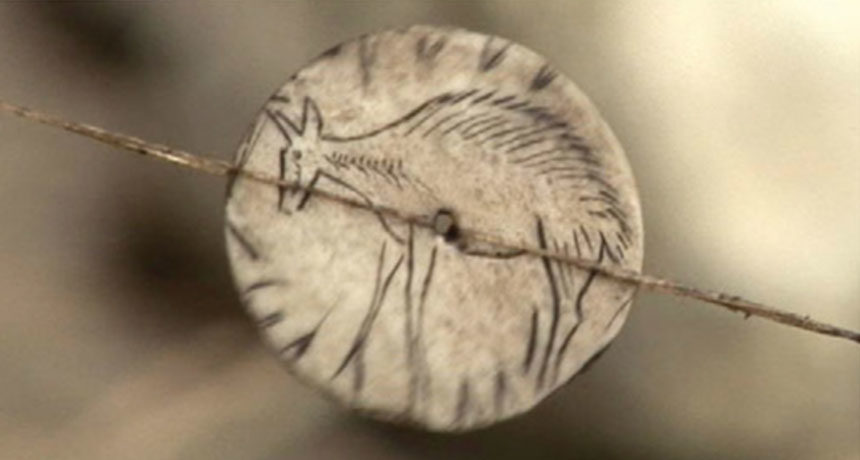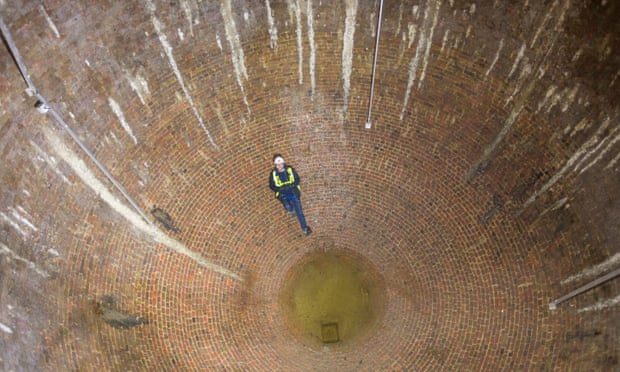OF THE
TIMES




Yakhchāl (Persian: یخچال "ice pit"; yakh meaning "ice" and chāl meaning "pit") is an ancient type of evaporative cooler. Above ground, the structure had a domed shape, but had a subterranean storage space. It was often used to store ice, but sometimes was used to store food as well. The subterranean space coupled with the thick heat-resistant construction material insulated the storage space year round. These structures were mainly built and used in Persia. Many that were built hundreds of years ago remain standing.[1]
Design and process
By 400 BC, Persian engineers had mastered the technique of using yakhchāls to create ice in the winter and store it in the summer in the desert. In most yakhchāls, the ice is created by itself during the cold seasons of the year; the water is channeled from the qanat (Iranian aqueduct) to the yakhchāl and it freezes upon resting inside the structure. Usually a wall is also made along an east-west direction close to the yakhchāl and the water is channeled from the north side of the wall so that the shadow of the wall keeps the water cool to make it freeze more quickly. In some yakhchāls, ice is also brought in from nearby mountains for storage or to seed the icing process.
Comment: While it is possible that those skulls showing signs of surfers ear were merely the result of prolonged time in the "tropical" waters of Panama, they haven't actually yet checked to see whether Panamanians in our own era show evidence of EAE. According to WIki, it's notable that EAE is most often caused by: Some questions that could be asked are: Since there is evidence for significant climate shifts throughout history, is it possible that at particular periods Panama wasn't so "balmy"? And are the timings of these temperature variations reflected in those skulls that show signs of EAE? Or could it be that the divers were spending more time in the water than they usually would?
See also: